Propeller Rotation Explained: How to Choose Between Left and Right
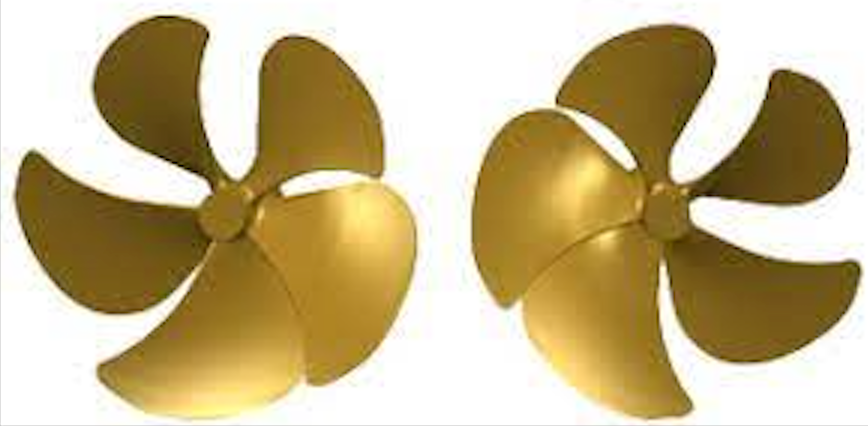
When you want to buy a replacement propeller, you need to know the directionality of your current prop. It’s important to make the correct replacement or else your boat won’t function correctly. Putting a left-hand prop on a right-hand shaft is never a good idea. We’re going to answer every question about right-hand and left-hand propellers and tell you which one is installed on your boat.
Propellers Have Directionality?
You might not realize it, but boat propellers have directionality. It is an idea that applies to how the blades are oriented and how the propeller spins when it’s attached to the prop shaft.
It’s easy to get confused since the wheels on your car don’t have a directionality. Because boat props use a different kind of physics, the result is directionality.
What is a Right-Hand Propeller?
Some people with a twin-engine boat might wrongly assume that a right-hand propeller is the option on the right. This isn’t necessarily the case. A right-hand propeller rotates like a right-hand threaded bolt will screw into a hole.
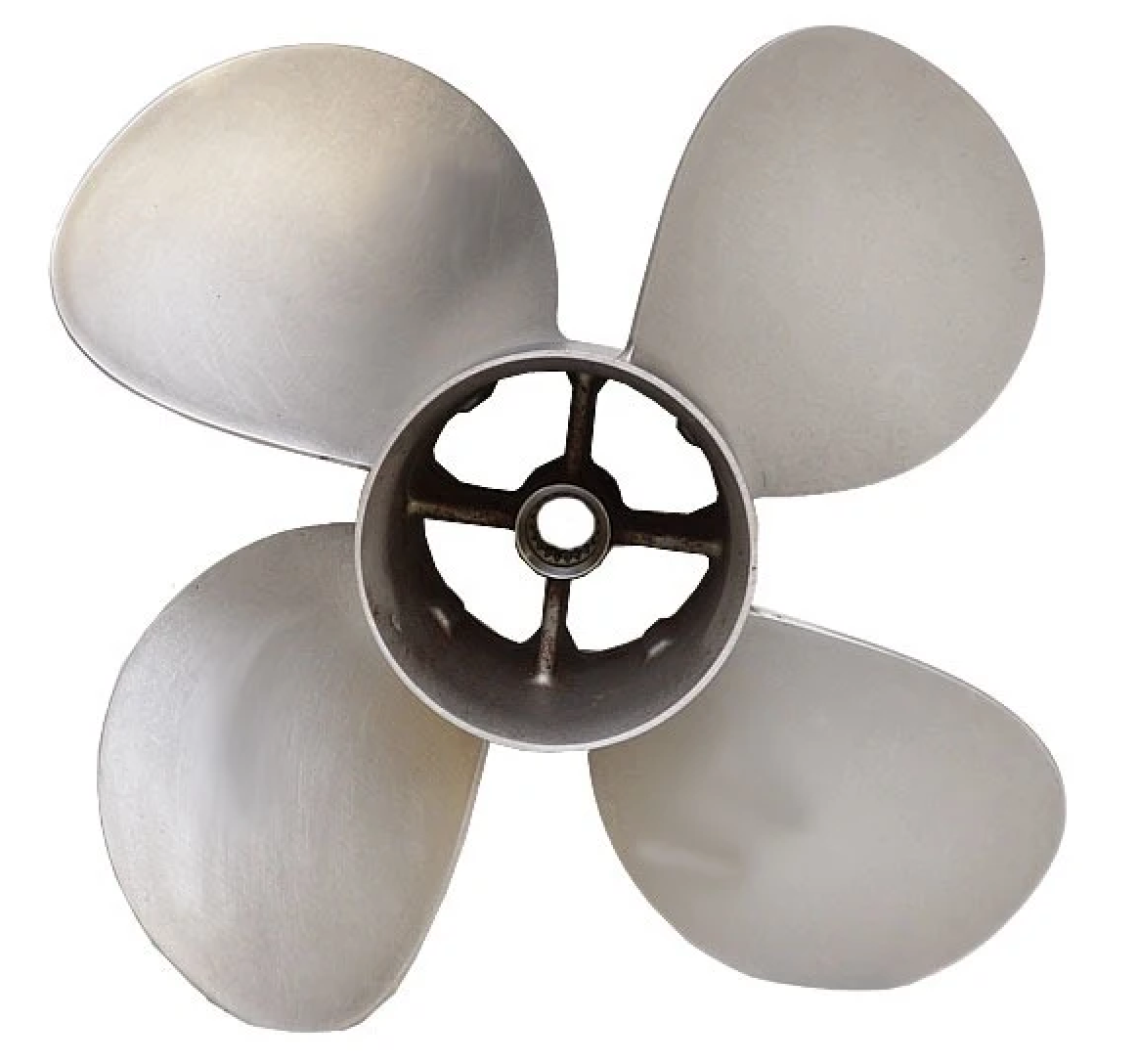
What is a Left-Hand Propeller?
A left-hand propeller is the opposite of a right-hand one. It rotates counterclockwise on the shaft.
Why Are There Different Directions?
Unlike a left-handed screwdriver, a left-hand propeller is not a prank or pretend item. Propellers rotate in different directions for one big reason: steering.
If your motor has two propellers attached to it, there’s a good chance that they both rotate in opposite directions. Why? If they went the same way, there would be added steering torque as you navigated through the water.
Steering torque will cause your boat to do the equivalent of a car drifting through a corner and over-accelerating. It can cause your boat to sideswipe the obstacle you were looking to avoid.
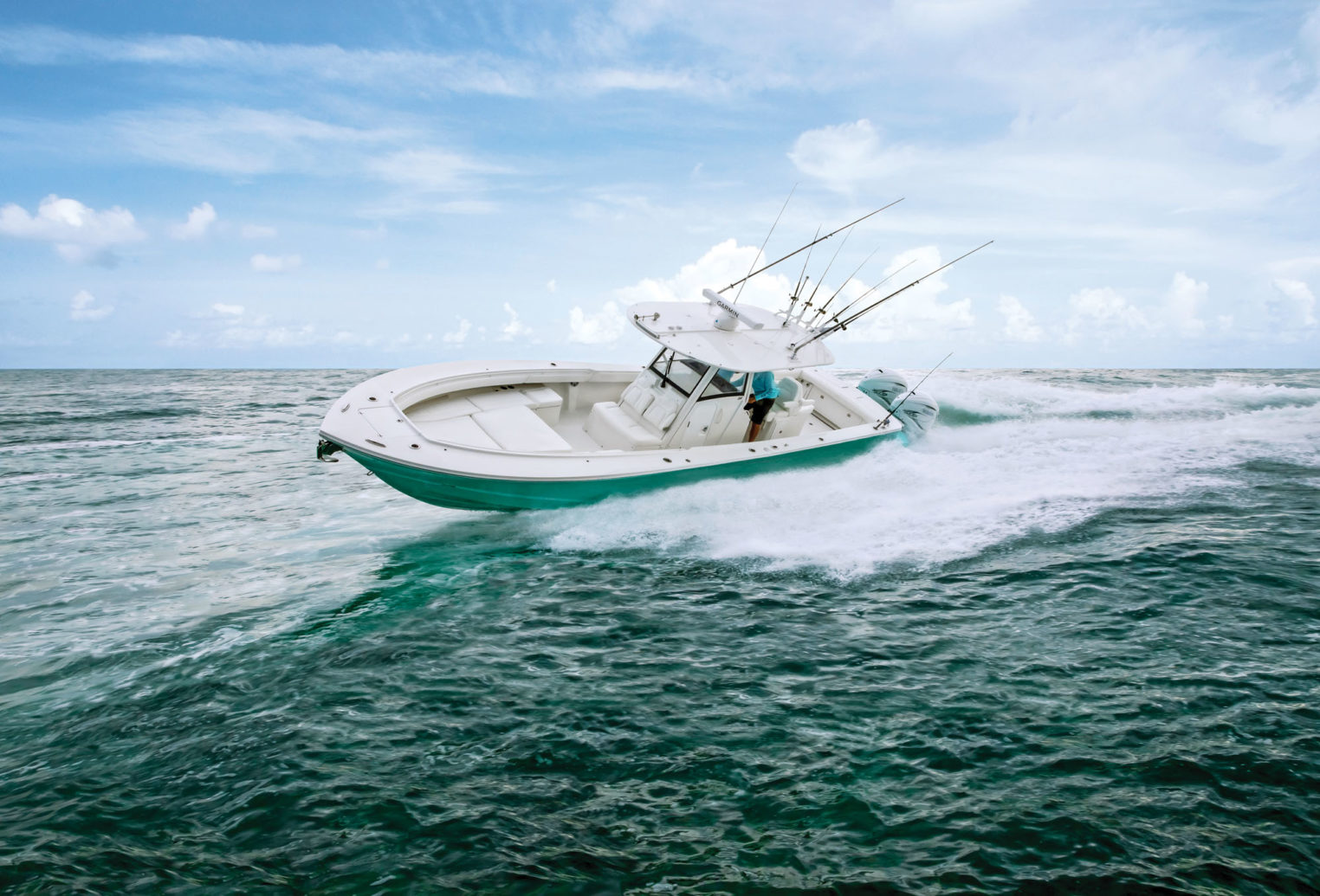
By adding two props that spin in opposite directions, you’re canceling this phenomenon. It makes more sense when you look at the physics of the prop.
As the prop rotates, it flings water in the same circular pattern. A clockwise-spinning rotor will generate force along a clockwise rotation. If you throw two of these props next to each other, you’ll have even more force in a clockwise spin.
The added force can cause a moment along the tail of your prop. This becomes especially noticeable as you go for a high-speed turn.
Single-Prop Directionality
It’s also possible for a single-prop boat to favor a left-hand or right-hand propeller. For these vessels, you’ll experience something called propeller walk. It changes how well you can do certain maneuvers, especially at low speeds.
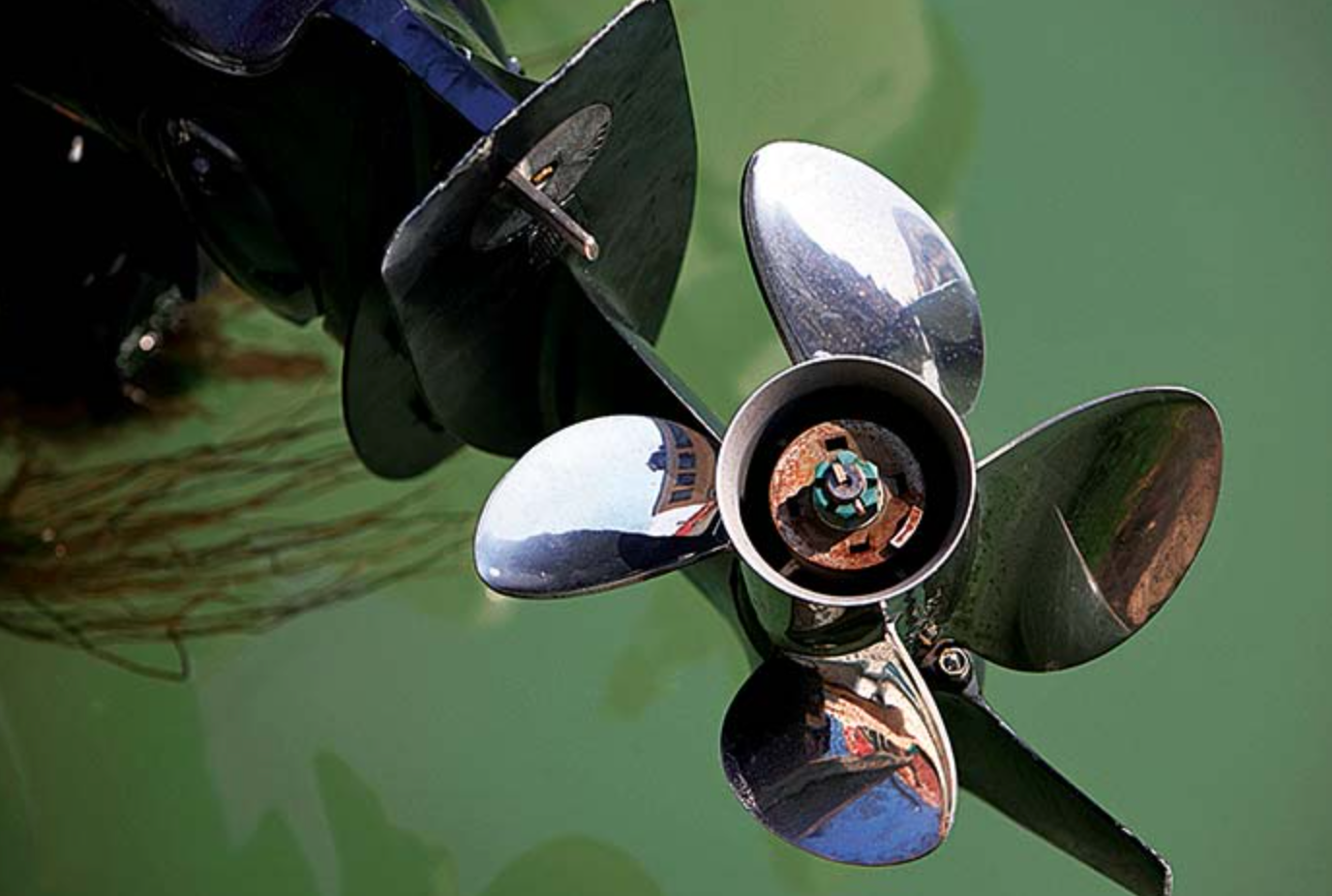
The water coming in is narrower than the stream of water being sent from the propeller. This creates an uneven force matrix around the propeller.
This sideways force can hit the boat’s hull and create some strange phenomena while turning your boat. You typically don’t see an issue when riding in a straight line.
While turning, either the bow or stern will be favored in the motion, moving one farther than the other.
How to Tell the Difference
When it comes to finding out if you need a right-hand or left-hand prop, there are a few easy ways. Use these tips before buying a replacement prop.
Prop on a Flat Table
Start with the prop on a flat table. Sit it so the hub is on the table and crouch down next to the prop. Look at it head-on and take a look at the blades.
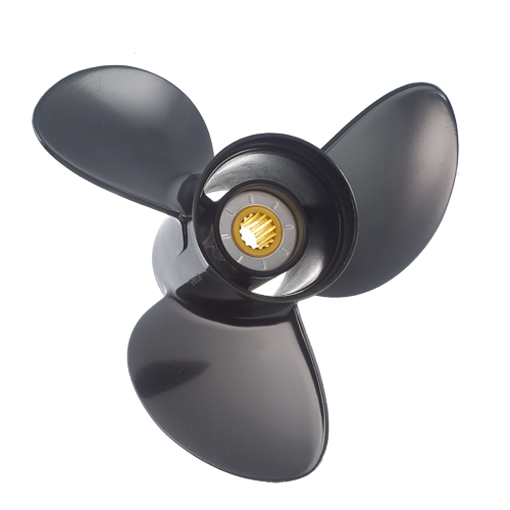
If the blade goes from the top-right to the bottom-left, it’s a right-hand propeller. If it goes from the top-left to the bottom-right, it’s a left-hand prop.
This is easiest to do if you position the prop correctly. Make it so that you’re facing a blade face-on and see which way it’s angled.
Use Your Hand
You can also use a quick cheat with your hand to tell the directionality of the prop. It might even be why they’re called left or right-hand propellers.
Put the hub of the propeller in the palm of your hand and relax your thumb. If your thumb is comfortably touching the blade of the prop, then that’s the hand designation of the prop.
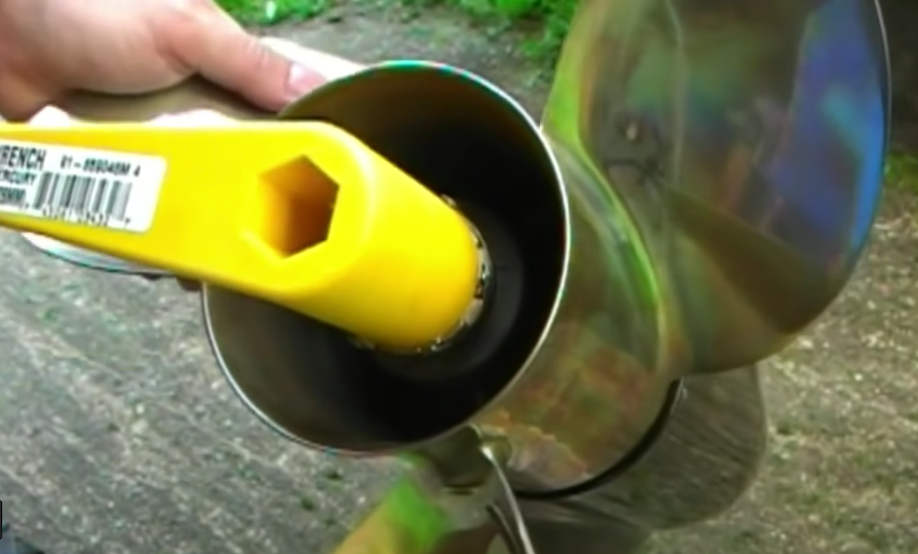
For instance, if the propeller is in your left hand and your thumb is touching the blade, then it’s a left-hand propeller. The opposite is true if it happens in your right hand.
If you look at the angle of the prop blades, this idea makes a lot of sense. The blade will either angle to the left or right, making it more comfortable on a thumb on one hand.
What About Shaft Rotation?
The angle that your shaft rotates also plays a part. It might not help you identify what type of prop you have, but it will help you understand how the propeller works. A right-hand prop on a clockwise-turning motor will draw water away from the motor.
Learn More from the Propeller Pros
Now you know more about left and right-hand propellers. Make sure you put the right type of prop on your motor or you can run into some big issues. If you’re not sure and need some extra help, reach out to our propeller pros at Michigan Wheel. We’re here to answer your questions and make sure you get the right prop for your vessel.